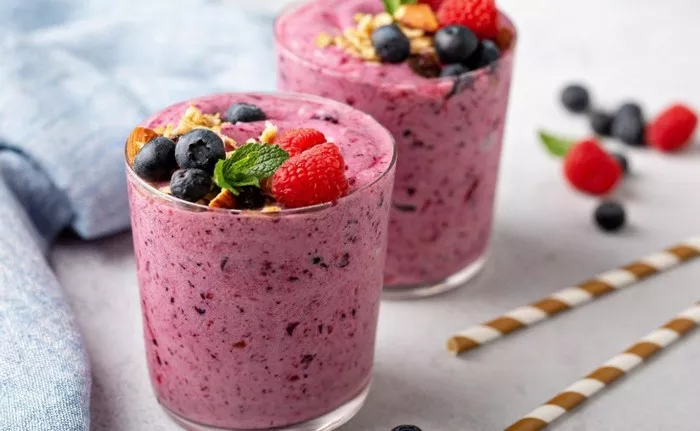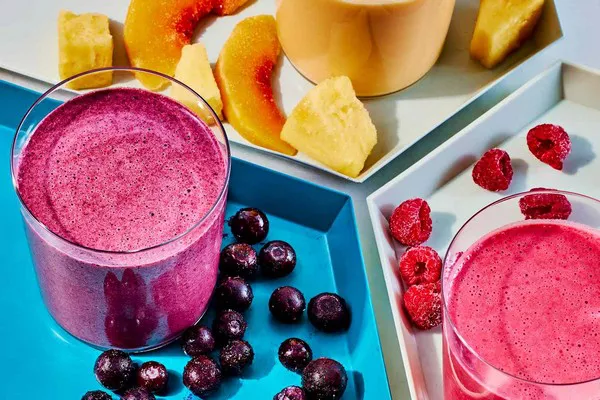Healthy eating plays a crucial role in overall well-being. It helps maintain a healthy weight, reduces the risk of chronic diseases, and boosts energy levels. But with so many diets and eating plans available, finding the best one for you can be overwhelming. This article will break down what a healthy eating plan entails and guide you to make choices that suit your lifestyle.
What Is a Healthy Eating Plan?
A healthy eating plan focuses on consuming a balanced diet with nutrient-rich foods that provide the necessary vitamins, minerals, and energy to your body. It encourages a variety of food groups and limits harmful substances like processed sugars and unhealthy fats.
A good plan is flexible and sustainable. It doesn’t involve extreme restrictions but emphasizes balance, portion control, and enjoyment. Below, we will explore what constitutes the best healthy eating plan.
Key Components of a Healthy Eating Plan
There are several core elements that make up a balanced and healthy eating plan. These include:
- Variety of Foods
- Portion Control
- Balanced Macronutrients (Carbs, Protein, and Fat)
- Rich in Fruits and Vegetables
- Whole Grains
- Limited Processed Foods
- Hydration
Let’s take a closer look at each of these components.
SEE ALSO: What Protein Diet Is Good for Weight Loss?
1. Variety of Foods
Eating a variety of foods ensures that your body gets all the nutrients it needs. A diet that includes different food groups like vegetables, fruits, proteins, and whole grains provides a wide range of vitamins and minerals.
No single food can provide all the nutrients required by the body, so it’s essential to mix it up. Variety also makes eating more enjoyable and sustainable.
2. Portion Control
Portion control is about eating the right amount of food for your energy needs. Overeating even healthy foods can lead to weight gain. On the other hand, undereating can deprive your body of essential nutrients.
Paying attention to portion sizes, especially when eating calorie-dense foods, is important. For instance, a handful of nuts or a tablespoon of olive oil is nutritious, but they are high in calories and should be eaten in moderation.
3. Balanced Macronutrients
A healthy eating plan should include a good balance of macronutrients, which are carbohydrates, proteins, and fats. These nutrients are necessary for your body to function properly.
Carbohydrates: These are the body’s primary energy source. Focus on complex carbs like whole grains, oats, and quinoa, which provide sustained energy and are rich in fiber.
Proteins: Protein is essential for building and repairing tissues. Good protein sources include lean meats, poultry, fish, eggs, beans, and legumes.
Fats: Not all fats are bad. Healthy fats like those found in avocados, nuts, seeds, and olive oil are beneficial for your heart and overall health. Avoid trans fats and limit saturated fats found in processed foods.
4. Rich in Fruits and Vegetables
Fruits and vegetables should be a cornerstone of any healthy eating plan. They are packed with essential vitamins, minerals, antioxidants, and fiber, which help maintain health and protect against chronic diseases.
Aim for a variety of colors when it comes to fruits and vegetables, as different colors represent different nutrients. For example, green vegetables like spinach and broccoli are high in iron and fiber, while orange fruits like carrots and sweet potatoes are rich in vitamin A.
5. Whole Grains
Whole grains are an important source of fiber, which supports digestion and helps regulate blood sugar levels. Unlike refined grains, whole grains contain all parts of the grain kernel, making them more nutritious.
Examples of whole grains include brown rice, quinoa, oats, and whole wheat bread. These foods provide sustained energy and should be prioritized over refined grains like white bread and pasta.
6. Limited Processed Foods
Processed foods are often high in unhealthy fats, sugars, and sodium, which can contribute to weight gain and other health problems. A healthy eating plan limits processed foods and focuses on fresh, whole ingredients.
When choosing packaged foods, look for items with fewer ingredients and those that are closer to their natural state. Cooking at home using fresh ingredients allows you to control what goes into your meals.
7. Hydration
Drinking enough water is essential to a healthy eating plan. Water supports digestion, keeps the body hydrated, and aids in the elimination of waste.
It’s recommended to drink at least 8 glasses (or about 2 liters) of water per day, though this may vary depending on individual needs and activity levels. Herbal teas, and water-rich foods like cucumbers and watermelon, can also contribute to hydration.
Popular Healthy Eating Plans
There are many eating plans that people follow to maintain health. Here are a few of the most popular ones:
- Mediterranean Diet
- DASH Diet
- Plant-Based Diet
- Paleo Diet
- Intermittent Fasting
Let’s break down each of these in detail.
1. Mediterranean Diet
The Mediterranean diet is widely regarded as one of the healthiest eating plans. It emphasizes:
- Whole grains
- Fruits and vegetables
- Healthy fats, particularly from olive oil
- Lean proteins like fish and chicken
- Nuts and seeds
- Limited red meat and sweets
The Mediterranean diet is rich in heart-healthy fats and encourages the consumption of fresh, whole foods. It also includes moderate wine consumption and focuses on enjoying meals with family and friends.
2. DASH Diet
DASH (Dietary Approaches to Stop Hypertension) is a diet primarily designed to lower blood pressure. However, it is also a great overall eating plan for general health. It emphasizes:
- Fruits and vegetables
- Whole grains
- Low-fat dairy
- Lean proteins like poultry, fish, and legumes
- Nuts and seeds
- Limited sodium intake
The DASH diet is particularly beneficial for individuals looking to reduce hypertension and heart disease risk.
3. Plant-Based Diet
A plant-based diet emphasizes whole, plant-derived foods while reducing or eliminating animal products. It includes:
- Fruits and vegetables
- Whole grains
- Legumes
- Nuts and seeds
This diet can range from fully vegan to mostly plant-based with occasional animal products. It is rich in fiber, vitamins, and minerals while being lower in calories and unhealthy fats. A plant-based diet can reduce the risk of chronic diseases like heart disease, diabetes, and cancer.
4. Paleo Diet
The Paleo diet is based on the idea of eating foods that were available to our Paleolithic ancestors. It includes:
- Lean meats, fish, and seafood
- Fresh fruits and vegetables
- Nuts and seeds
- Healthy fats from sources like avocados and olive oil
This diet avoids processed foods, grains, dairy, and legumes. While it focuses on whole foods, some critics argue that it may be overly restrictive.
5. Intermittent Fasting
Intermittent fasting is not so much a diet as it is an eating pattern. It involves cycling between periods of eating and fasting. Popular methods include:
- 16:8 method (16 hours fasting, 8 hours eating)
- 5:2 method (eat normally for 5 days, restrict calories for 2 days)
Intermittent fasting helps regulate blood sugar, improve metabolism, and may support weight loss.
How to Choose the Best Eating Plan for You
Choosing the best healthy eating plan depends on your lifestyle, health goals, and personal preferences. Consider the following:
Flexibility: Can you maintain the plan long-term, or is it too restrictive?
Nutritional Balance: Does the plan provide all the necessary nutrients?
Sustainability: Is the plan aligned with your daily life, budget, and preferences?
Health Needs: Does the plan address specific health concerns, like weight loss, blood pressure, or cholesterol?
Tips for Implementing a Healthy Eating Plan
Plan Your Meals: Preparing meals in advance helps you avoid unhealthy choices.
Eat Mindfully: Pay attention to your hunger cues and eat slowly to enjoy your food.
Snack Smart: Choose healthy snacks like fruits, nuts, or yogurt instead of processed options.
Be Realistic: Set achievable goals and allow yourself some flexibility.
Conclusion
The best healthy eating plan is one that is balanced, flexible, and sustainable. It includes a variety of nutrient-rich foods, portion control, and plenty of fruits, vegetables, whole grains, and healthy fats. Whether you follow a specific diet like the Mediterranean or plant-based diet or create your own balanced plan, the key is consistency and enjoyment. Ultimately, healthy eating should be a long-term lifestyle, not a temporary diet.
Related topics:

























